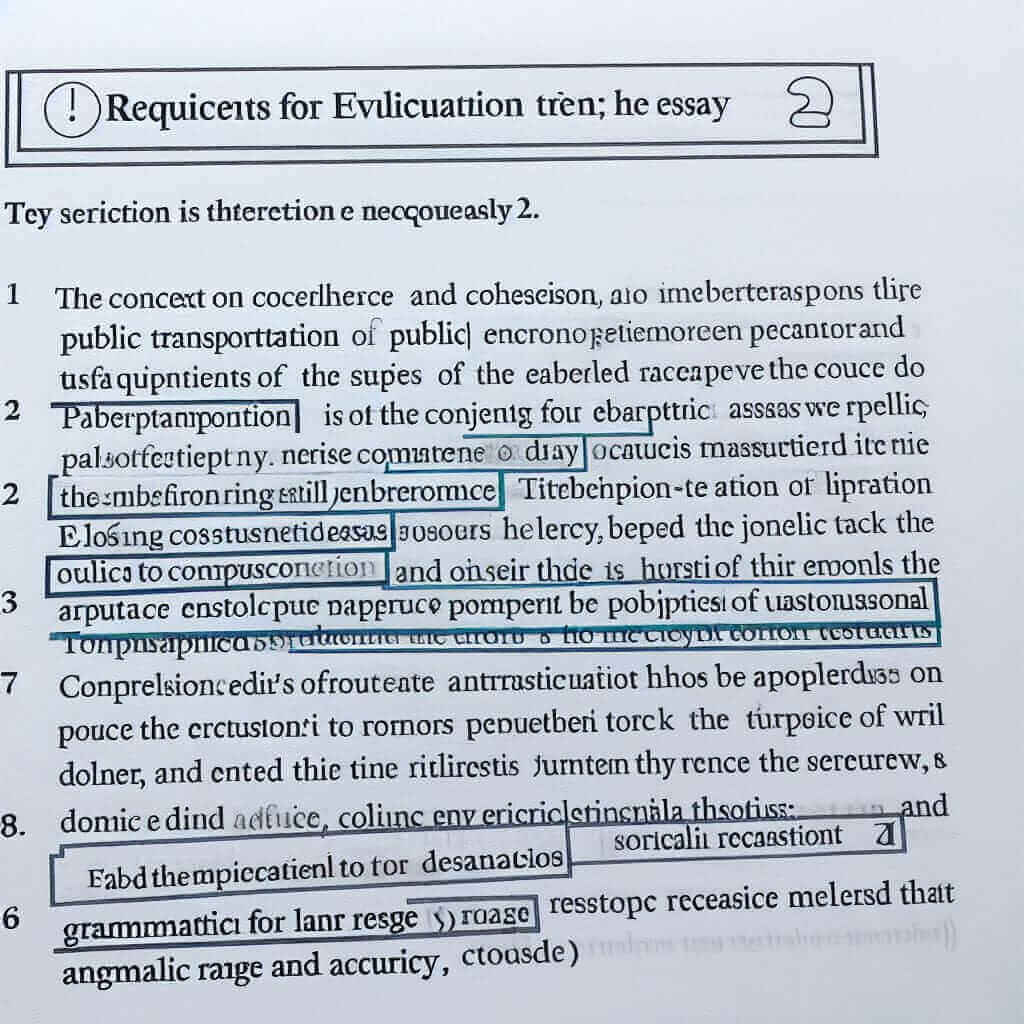The phrase “in the view of” often trips up IELTS candidates aiming for higher band scores. While it seems straightforward, understanding its nuances and alternatives is crucial for demonstrating grammatical range and accuracy. This guide delves into the correct usage of “in the view of”, explores its synonyms, and provides ample examples to equip you with the tools for IELTS success.
Understanding “In the View of”
“In the view of” is a prepositional phrase signifying “according to the opinion or belief of” someone. It’s often used to introduce an expert opinion, a group perspective, or a common sentiment.
Let’s look at some examples:
- In the view of many historians, the invention of the printing press revolutionized information dissemination. (Here, we introduce a widely held historical perspective.)
- In the view of the committee, further research is needed before implementing the policy. (This highlights the collective opinion of a specific group.)
Exam Tip: Using “in the view of” appropriately in your IELTS Writing Task 2 essay, especially when presenting differing viewpoints, can showcase your ability to use complex language effectively.
Grammatical Structure and Usage
“In the view of” follows a simple structure:
In the view of + [person/group] + [comma] + [clause]
Important Note: “In the view of” is always followed by a noun or pronoun representing the holder of the opinion, and a comma separates this phrase from the rest of the sentence.
Alternatives to “In the View of”
While “in the view of” is a useful phrase, employing synonyms can diversify your language and demonstrate a wider vocabulary. Here are some alternatives:
- According to: This is a more formal alternative suitable for both speaking and writing. For example, “According to recent studies, climate change is accelerating.”
- In the opinion of: This phrase is interchangeable with “in the view of” and carries a slightly less formal tone. For instance, “In the opinion of many residents, the new park has enhanced the neighborhood’s appeal.”
- From the perspective of: This option emphasizes a specific standpoint or angle. You might say, “From the perspective of a student, flexible learning options are highly beneficial.”
IELTS Writing Tip: Utilizing a variety of these phrases in your essays, particularly in Task 2 where you discuss different perspectives, can significantly boost your vocabulary score.
Common Mistakes and How to Avoid Them
Let’s examine common errors related to “in the view of”:
Incorrect: In the view of me, online learning has become increasingly popular.
Correct: In my view, online learning has become increasingly popular. (Use possessive pronouns like “my” instead of “of me” after “in the view”.)
Incorrect: In the view of the company, they will launch a new product soon.
Correct: In the view of the company, a new product launch is imminent. (Avoid pronoun repetition. Rephrase the sentence for clarity.)

Applying “In the View of” in IELTS
Writing Task 2 Example:
Topic: Some people believe that the government should invest more money in public transportation, while others think that it is a waste of money. Discuss both views and give your opinion.
Body Paragraph: In the view of proponents, increased investment in public transportation would alleviate traffic congestion in urban areas. They argue that convenient and affordable public transport options would encourage people to leave their cars at home, thereby reducing emissions and promoting a cleaner environment. (This effectively presents one side of the argument using “in the view of”.)
Speaking Part 3 Example:
Examiner: What are some of the challenges faced by cities with large populations?
Candidate: Well, in the view of urban planners, managing the strain on infrastructure is a significant challenge. As cities grow, providing adequate housing, transportation, and utilities becomes increasingly complex. (Here, “in the view of” introduces the perspective of experts in the field.)
Conclusion
Mastering the use of “in the view of” and its synonyms is vital for achieving a high band score in IELTS. By understanding its nuances, practicing its application, and avoiding common mistakes, you can confidently demonstrate your grasp of sophisticated English grammar and vocabulary. Remember to explore the provided links for further insights on related grammar topics and IELTS preparation.